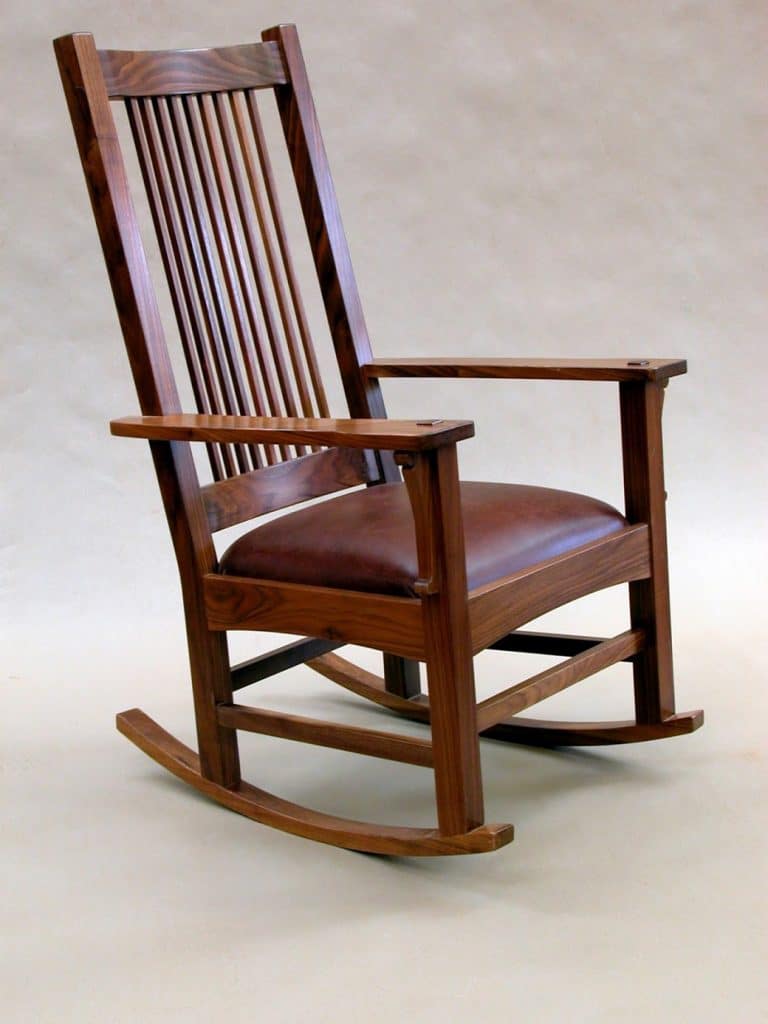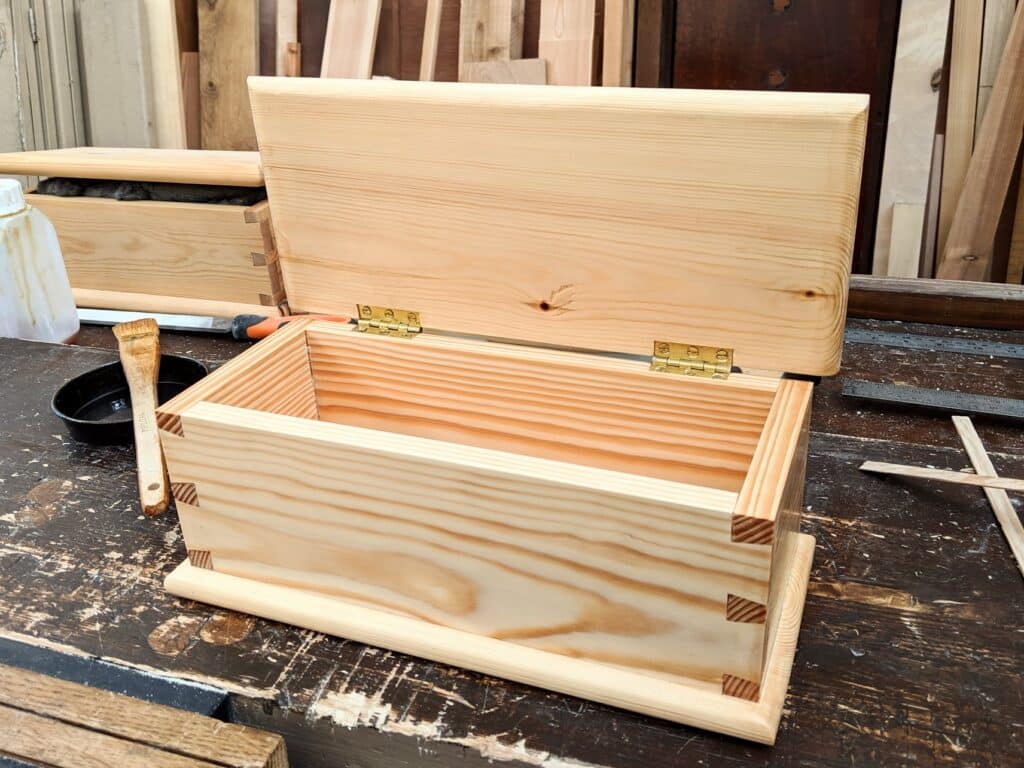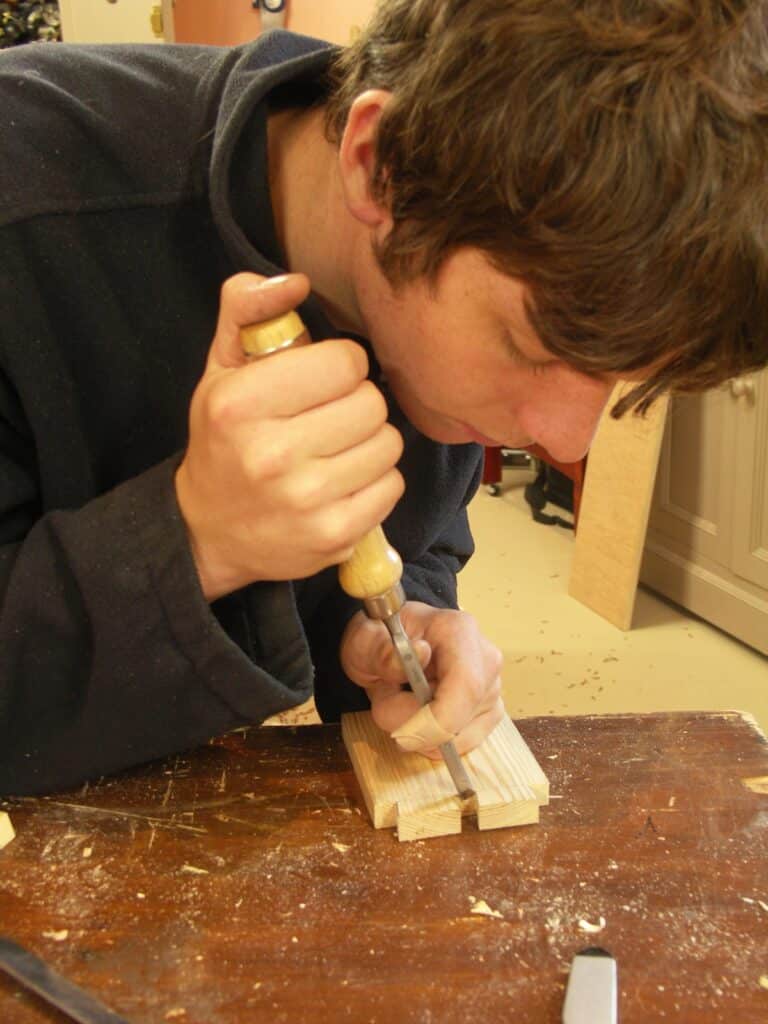Pricing Your Work
I think that there is a direct correlation between pricing your work and the amount by which you might perceive your own worth. I have known those new to woodworking and selling what they make to highly overvalue what they made and then too truly undervalue it sometimes too. All too often we tend to look at what other people sell their wares for or indeed look at what something made in a mass-making facility sells for. A good example is a wooden spoon made for or by IKEA. IKEA’s Rort spoon was apparently designed by someone called Johanna Jelinek but it looks like most any other spoon I ever saw. No matter, the spoon is a beech spoon, standard size and it sells for £1.25 here in the UK. Trying to compete with such a price when the makers own the forest and a million spoons might come from a small cluster of beech trees somewhere in Europe is at best totally impractical. But then there are men and women grafting to make spoons with curved knives and selling hand carved spoons that do the same work for £30 a piece and up. of course that’s a niche market and should 30 such makers set up on the same street that might take a less positive direction. Standing in the street in London fashioning spoons on a log stump and shaving horse is of course different. People looking for unique gifts to celebrate an event will indeed pay that money and so too those like myself who truly appreciate the art form would spend that too if the product was well done. I was selling mesquite spoons back in the late 80s for the same money. It was a fair price even though my spoon could do no more and no less than the IKEA mass-made version. I think here it is fair to point out that people buy things for different reasons not the least of which is to support local artisans. There are those of us who buy books from small bookshops on back streets for the same reason. We want different.

The first time I put $6,500 on a mesquite rocking chair at the Oktoberfest craft show in Fredericksburg, Texas an old man said, “You must be mighty proud o’ that rocker!” It was a little thought provoking but it and another sold later that day and so the price was right. Truth was at that stage I’d been making for 30 years every single day of my six day weeks. My skills were at their peak and my designs were then selling. I was enjoying success and selling my high end pieces. Most of the work at the show, Adirondack chairs and less than hand-made Shaker rockers were selling for $150 to $350. They were ordinary copies from the different US eras. Nothing new or individual about them and of course jig everything up and you could crank them out cookie-style no problem. It’s all a matter of choice and then choosing your lifestyle. I have never described myself as a studio maker or owned a bijou workshop. I never went for the bijou tools and workbenches either. It wasn’t the image of a woodworker I was cultivating, and you know what I mean by that, I just lived in the ordinary of life as an ordinary bloke making ordinary and then extraordinary things with my hands and hand tools.

If you are just starting to reach a point where your hand work could sell then do consider the time in which you make it. I could make the box Jack made in an hour if I push myself too. It wouldn’t be pleasant or pleasing but I could do it. Charging £30 an hour on a 40 hours a week basis would then gross me £1200, but the issue is working in that way and at that speed is really unsustainable. I really need two hours per box but still want the £1200 for a decent week of hard work. Now I think that I could do that but could I then realistically sell that many boxes in an ordinary week from my workshop door. The answer is, ‘No‘, because the sale time could take too long and my price has to now have a price tag for that time added to the box. “So sell wholesale!” someone shouts. Well, now we are halving the price yet again because the wholesale price is often half or even more. Speculative pieces are good because you can add your price and let it stand for people to consider whether they want to spend that amount on your piece. Then of course you have custom or so-called bespoke pieces designed specifically for a customer. The advantage of this that everyone knows up front what you want for your work and what they are getting for their money.

I have experienced people young to woodworking over price their work and go home disappointed and without a single sale. It’s here that you have to evaluate your worth and your workspeed. I doubt that many could match my speed in making the pine box. Jack took 2 full days to make his. In two years time, provided he makes one every month until then, he will likely get the time down to a quarter of that, more if he makes more. You see it is not just the dovetails either. I can cut the dovetails neatly in a just a few minutes, six or so. Not, it’s the hinging and the roudovers, the planing nubs, sanding and such that all mount up. Experience tells me that on some projects the finishing time often equals the construction time.

To make a modest living Jack would need to combine making more demanding projects with higher paying work like making products that take very little skill but people want to buy. I see slabs of wood with waney edge and a modest amount of sanding sell upwards of £40, usually with silly tags saying ‘character oak’ cutting boards and such. It’s often more lazy work, skilless, but it will sell for more than a good box, dovetailed and planed level and smooth. It’s the way things are. Often people only gauge the worth of a product by the price tag. It’s that sad condition of humanity. But with perseverance your work will gain respect, as mine has through the years. When that happens it’s less about selling and more about making. It’s nice when that happens. It will be honest work, not cranked out at all. That’s what matters the most.


Thanks for the reminder Paul. I want it to be both about the journey and the finished product when I make something so that it is fulfilling and rewarding.
I just finished a jewellery box for my young grand daughter. A simple DT, lidded box with top tray. It took me more than two days in total time. The cost… Priceless.
I make items for the pleasure and know that people are not willing to pay it’s real value. You are right, a few artisans will be able to make a modest living from the craft. The majority of us see the mass production from places unknown, and accept our love of wood will always be just that, and we will board the train / car for the daily grind to pay the bills
I think I just found my new business model, way better than character oak: characterless wooden cubes! Behold: https://www.chairish.com/product/639976/reclaimed-solid-wood-cube-table
There were a few other equally ridiculous items, but I can’t find them anymore. Sold out, perhaps?
If I’ve learned anything from a career in marketing, it’s that there is a market for just about everything. The main lesson in pricing is this:
If you build heirloom quality furniture with hand tools, people who buy IKEA are NOT your target customer. They buy IKEA because its trendy and cheap – they are never going to buy a handmade piece. So don’t worry about what prices they’re paying.
Know your target client. It’s half the battle.
Thanks for your article, very interesting for all of us.
Very informative and much needed. Thanks for addressing this topic again.
Thanks, Paul, for the picture of the rocker. It looks just like the one you, Stan, and I build many years ago. I still have it in my living room.
good article paul, i am now retired but when working i only made commission pieces. i came to wood working late, after having spent many years in management, because i wanted to produce something tangible of beauty. i made a choice that i would not do mass production because i didn’t want to become bored with what i had wanted to do for so long. it was hard at first trying to become established, but i always found that word of mouth was my best advertising. one job usually led to another one or two as their friends and colleagues saw the work and wanted something for themselves. i made it clear to the client at the beginning that i wasn’t trying to be a millionaire, but that as a one off, hand made piece it was going to be a lot more expensive than something mass produced. they paid that because they wanted something unique that stood apart from everything else on offer. if the quality and originality is there people will always buy.
Recently on Creative Hive they wrote about Pricing your Hand Made Goods .
It is especially useful as they give you a Formula to work out what you ought to charge for .
A very objective way to remove the uncertainty for newbie sellers .